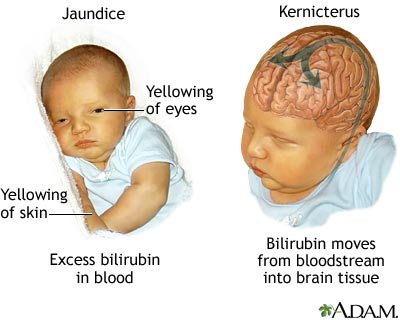Children who are Born Premature
Children with gestational ages (GA) (see full Glossary) over 38 weeks and up to 40 weeks are born at term.
Pre-term or “premature” infants are those with gestational ages between 24 and to 37 weeks. Children born premature, especially 35 weeks or under, need neonatal medical assistance through specialized clinics called Neonatal Intensive Care Units or “NICUs.”
For your interest:
| Note: Infants born after 41 weeks are ‘post term.’ After the 42nd week, the birth may be induced to avoid damage to the fetus, which happens mainly because of lack of nutrients coming from the placenta at this stage. |
Children who are Born Small for Gestational Age
Children who are born at term but with low, very low or extremely low birth weight are termed “small for gestational age” or SGA.
These children show signs of slow growth during pregnancy, that is, growth retardation while in utero. Their small size (for example, length of body and small head circumference (Fig. 1) indicates that they may not have absorbed the necessary nutrientsduring pregnancy.
Figure 1. Head Circumference
Figure 2. Prenatal Nutrition Guide Checklist
Premature children, children with low birth weight, and children who are ”small for gestational age” tend to become very ill and require intensive and specialized care during their first days, weeks and sometimes, even months of life.
Some of the conditions related to premature birth and/or low birth weight may affect a child’s breathing and/or bloodflow (Fig 3). In addition to jaundice (Fig. 4), a common condition for many newborns, many pre-term and low- birth weight children end up receiving oxygen or similar intensive medical attention for brain bleeds (also known as hemorrhages).
Figure 3. Bloodflow
Figure 4. Jaundice
Children who have suffered a long period of lack of oxygen or moderate to severe brain bleeds are at high risk for developmental delays and disabilities because their brain tissue (Fig. 5) is damaged.
Figure 5. Damaged Brain Tissue
To learn about the implications of being born premature in the middle childhood years, please visit the six to 12 part of this course.



0 comments
Kick things off by filling out the form below.
You must log in to post a comment.